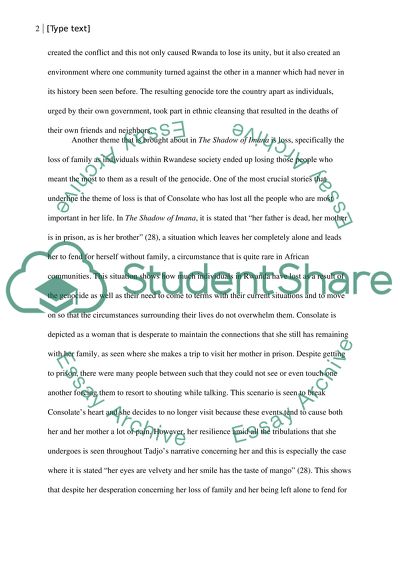Cite this document
(“Literary analysis of The Shadow of Imana Essay Example | Topics and Well Written Essays - 1500 words”, n.d.)
Retrieved de https://studentshare.org/literature/1668940-literary-analysis-of-the-shadow-of-imana
Retrieved de https://studentshare.org/literature/1668940-literary-analysis-of-the-shadow-of-imana
(Literary Analysis of The Shadow of Imana Essay Example | Topics and Well Written Essays - 1500 Words)
https://studentshare.org/literature/1668940-literary-analysis-of-the-shadow-of-imana.
https://studentshare.org/literature/1668940-literary-analysis-of-the-shadow-of-imana.
“Literary Analysis of The Shadow of Imana Essay Example | Topics and Well Written Essays - 1500 Words”, n.d. https://studentshare.org/literature/1668940-literary-analysis-of-the-shadow-of-imana.


